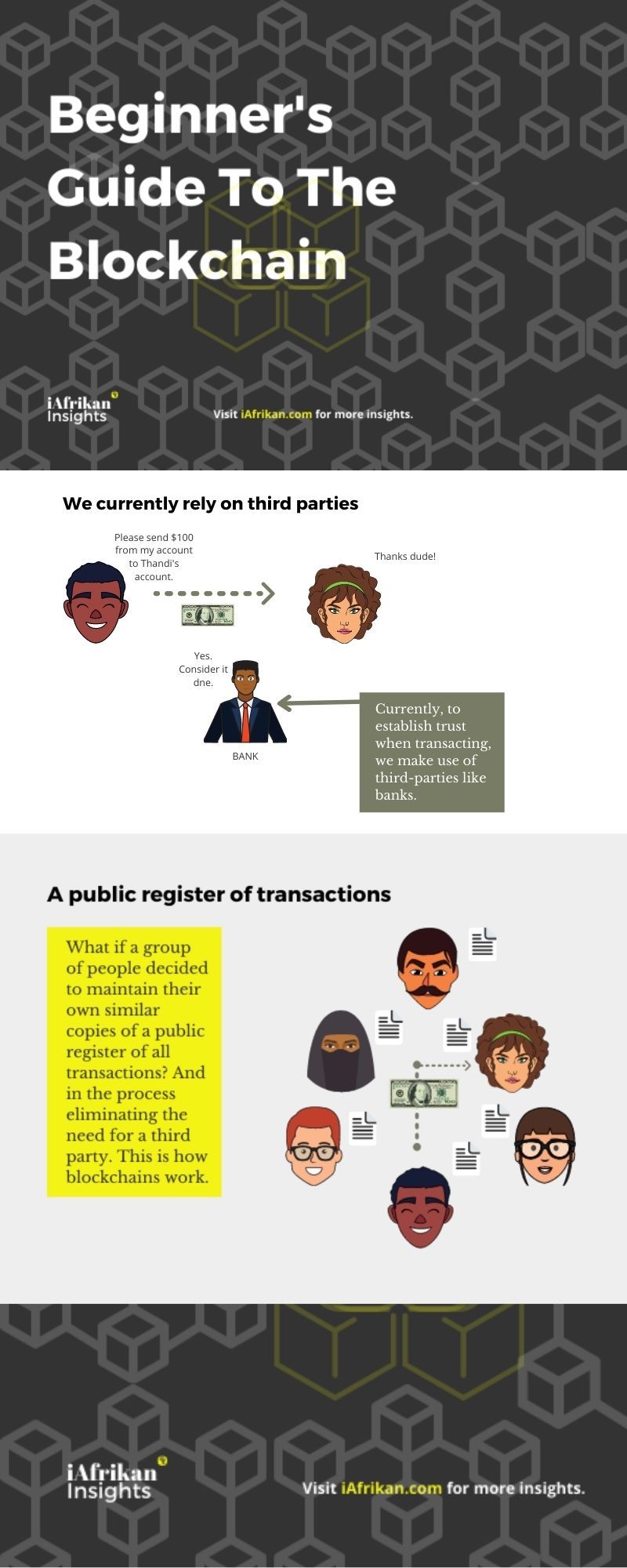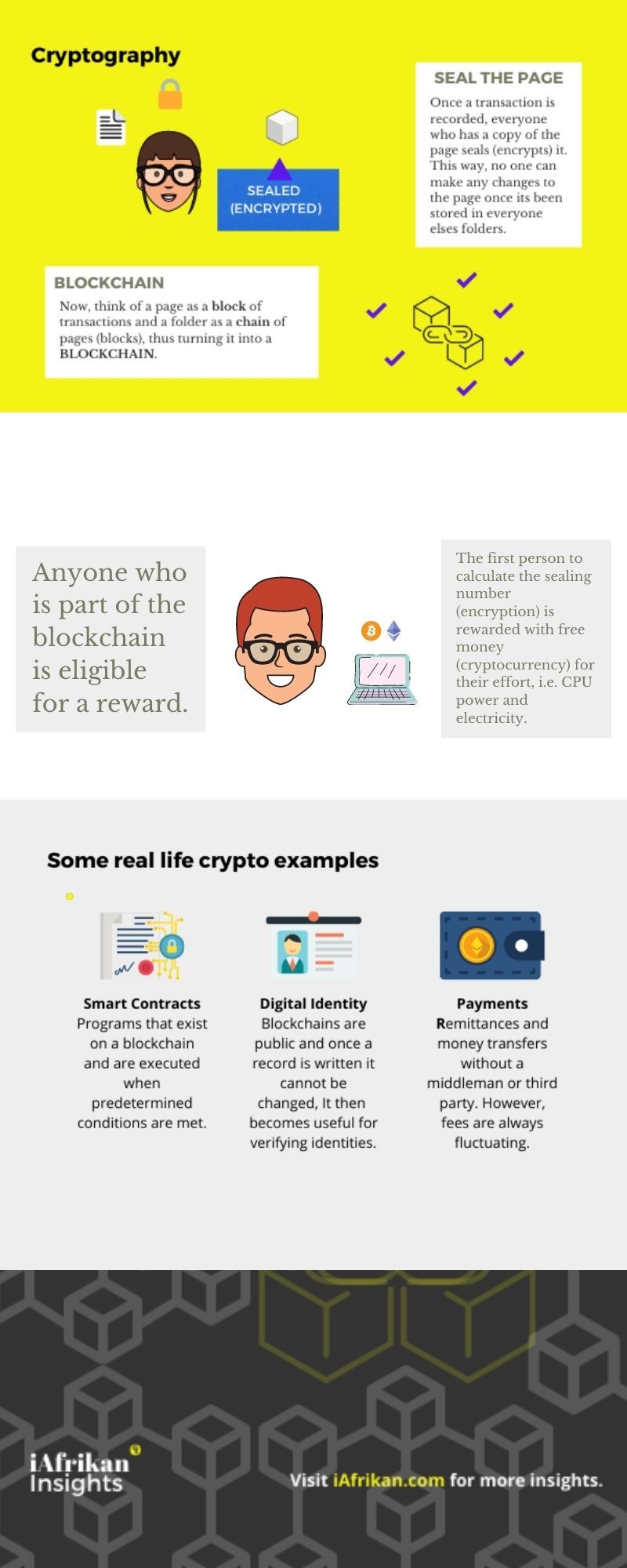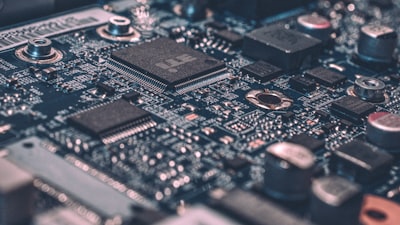It looks like we are really not far from a future where all the transactions we make could be free from any tax and transaction fees. I mention this because slowly, but surely, cryptocurrencies are going mainstream and in the process of eliminating as many middlemen in the process.
If you use the web then you might have heard of Bitcoin, Ethereum, Dogecoin, and a myriad of other such cryptocurrencies.
Eliminating the third-party in transactions
Bitcoin is a digital currency that, like any other currency, can be bought and used at places to buy something or perform a transaction. The interesting part about Bitcoin is the technology on which it works, the blockchain. It is one of the reasons why Bitcoin, and especially Ethereum, is gaining momentum when it comes to gathering people’s confidence.
The problem, which Bitcoin and Ethereum partly can solve, lies in the simple fact that today if a person wants to perform a transaction then that person has to go through a 3rd party financial institution. This method adds a somewhat unnecessary middleman who also takes some commission for facilitating the transaction. All of this is quite cumbersome.
There is a solution, however, it is not entirely foolproof.
You can maintain a certain record say a paper, a ledger, or a register in which you maintain or keep a record of the transactions that you have performed. This will help you be more organized but chances are that ledger, register, or paper can be misplaced or be stolen. To try and prevent that, you could make copies of that ledger, paper, or register and even add a seal to it.
Now, when you do all of this digitally, you get what we can call the blockchain.
Think of the single page as representing a single transaction, a block, and the folder in which all of the "pages" (blocks) will be kept in will be a continuous chain of blocks and thus being called the blockchain.
Several examples of the blockchain in action
We have briefly touched on transactions as being one way that the blockchain can be used in our everyday lives. However, there are many more real-life use cases of the blockchain.
Some real-life examples include:
- Smart contracts: programs that exist on a blockchain and are executed when predetermined conditions are met. Typically they are used to automate the execution of an agreement to ensure all participants are guaranteed the outcome as agreed to. This all happens without the involvement of a third party.
- Payments and remittances: remittances and money transfers at relatively lower fees depending on how busy the network is and how much fees nodes are asking to confirm the transaction.
- Digital identity: because most blockchains are public and once a record is written it cannot be changed, the blockchain becomes useful for verifying identities.
- File storage: as a result of the blockchain is a distributed system, it can be used as a form of file storage as each node in the blockchain will have a copy of the file.
- and many more use cases.


— By Tefo Mohapi






